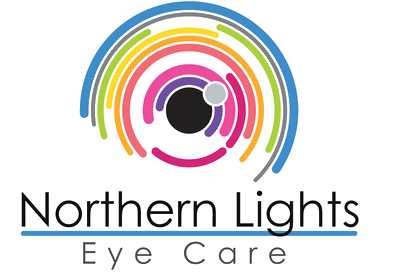Q: What are some of the symptoms of Dry Eye?
A: There are numerous symptoms of dry eye disease, but the most common ones include excess tearing, lack of tearing, burning, redness, foreign body sensation, intermittently blurred vision, and an inability to tolerate contact lenses. If you have any of the above symptoms, and want a professional diagnosis, please make an appointment here.
Q: What are some of the warning signs of Dry Eye? How is it best detected?
A: Warning signs of dry eye can accumulate gradually over time. For example, contact lens wearers may incorrectly assume their lenses are old and need to be replaced. Other times, the eyes become watery, burn, or itch. Many cases are sub-clinical – they can only be diagnosed with the use of microscopic detection and special equipment! We look at tear quality, tear meniscus, and gland structure. Research suggests testing the tear osmolarity is a reliable indicator of dry eye disease, for pre-treatment and post-treatment assessment.
Q: What are the typical treatments used to help people suffering from Dry Eyes?
A: Treatment for dry eye depends on the cause, severity, and stage of the disease. Artificial tears can be helpful in the early stages. If over-the-counter eye drops are insufficient, we progress to a prescription medication such as Restasis or Xiidra. Lid hygiene as well as omega-3 fish oil supplementation can improve symptoms. Anti-inflammatory medications as well as punctal plugs are also available if needed for treatment.
Q: What happens at a dry eye exam?
A: To diagnose dry eye disease, the eye doctor can use a biomicroscope to examine whether there are plugged oil glands in the lid or any dry patches on the cornea present. A yellow stain called fluorescein can help us see how quickly the tears evaporate. We also look for eyelid issues like blepharitis (inflamed crusty lids) or Demodex mites which can worsen dry eye symptoms.
Q: What is the examination like to determine whether someone is suffering from Dry Eyes?
A: A full dry eye evaluation may include a series of tests depending on initial signs and symptoms, systemic history, medication, and lifestyle. Most of these tests are non-invasive and painless. They can include using special colored dyes placed on the eyelid to assess severity, direct visualization of the oil glands to check for Meibomian gland dysfunction (MGD) or atrophy, and tear production analysis. The evaluation will be tailored to narrow down the specific cause of Dry Eye Syndrome.
Q: When should a person come in to see their optometrist for Dry Eye symptoms and when is it enough to take care of this problem yourself?
A: Get a dry eye evaluation by a therapeutic optometrist at the first signs of dry eyes. Those who wear, or over-wear, contact lenses are at higher risk for dry eye syndrome, as are post-menopausal women. Systemic conditions, autoimmune disorders, and certain medications cause dry eyes. Mild, temporary symptoms may be treated with over-the-counter drops, but it’s still best to ask your eye doctor first, because not all eye drops are suitable, and they can sometimes mask a serious condition or lead to toxic corneal reactions.
Q: Why do my eyes water if I have dry eye?
A: People with dry eyes either do not produce enough tears or have poor quality tears. As the eyes dry out, they become more irritated and uncomfortable. The lacrimal glands may produce more tears in response to the inflammation and ocular surface changes, but they evaporate too quickly. Mild cases of dry eyes can often be managed using over-the-counter artificial tear solutions. These can be used as often as needed to supplement natural tear production.
